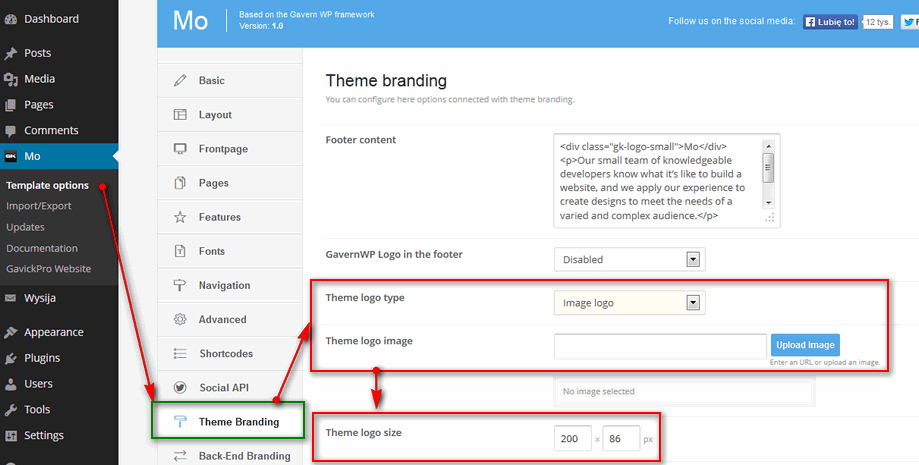
However, given our advice on optimal branding, you should take the time to work on a custom site icon rather than settle on the easy option. The temptation for site icon design is simply to use a scaled down version of your site’s logo and call it a day. Step 2: Ensure You’re Using Optimal Practices for Your Site Icon’s Design Once your sizing is set, it’s time to think about design. Incidentally, this is also an explicit recommendation within the WordPress back end (more of which later). The reason is that this covers practically all bases, from the default Chrome site icon size, down to the minimum requirement.

However, in practice, you’ll want to use a 512 x 512 pixel. ico file, which has been the standard for decades. Generally speaking, most browsers will support a 32 x 32 pixel. This is because different platforms have varying requirements for site icon ( or ‘favicon’) sizes. However, while the sizes are tiny, understanding the various dimensions can be complex. You’d be right in thinking that these files are going to be small. There’s a lot to get through, so let’s get started! Step 1: Choose the Right Size for Your Site Iconįirst off, is your site icon’s size.
WORDPRESS SET ICON CODE

WORDPRESS SET ICON HOW TO
How to Create a Site Icon for Your WordPress Website (In 3 Steps) However, the extra visibility it brings – especially if a potential customer is browsing your site – could have a positive impact down the line. Granted, your site icon isn’t going to carry the entire weight of your branding strategy. A site icon can help to achieve both of these things. What’s more, consumers look to how consistent a brand is as a trust marker. When it comes to your site’s branding, first impressions are important. However, there’s a difference between a site icon and the 5,000 other colored balls in Walmart’s car park: You can make a site icon specific to your brand. Consider it a digital equivalent to the little ball you attach to your car antenna.


 0 kommentar(er)
0 kommentar(er)
